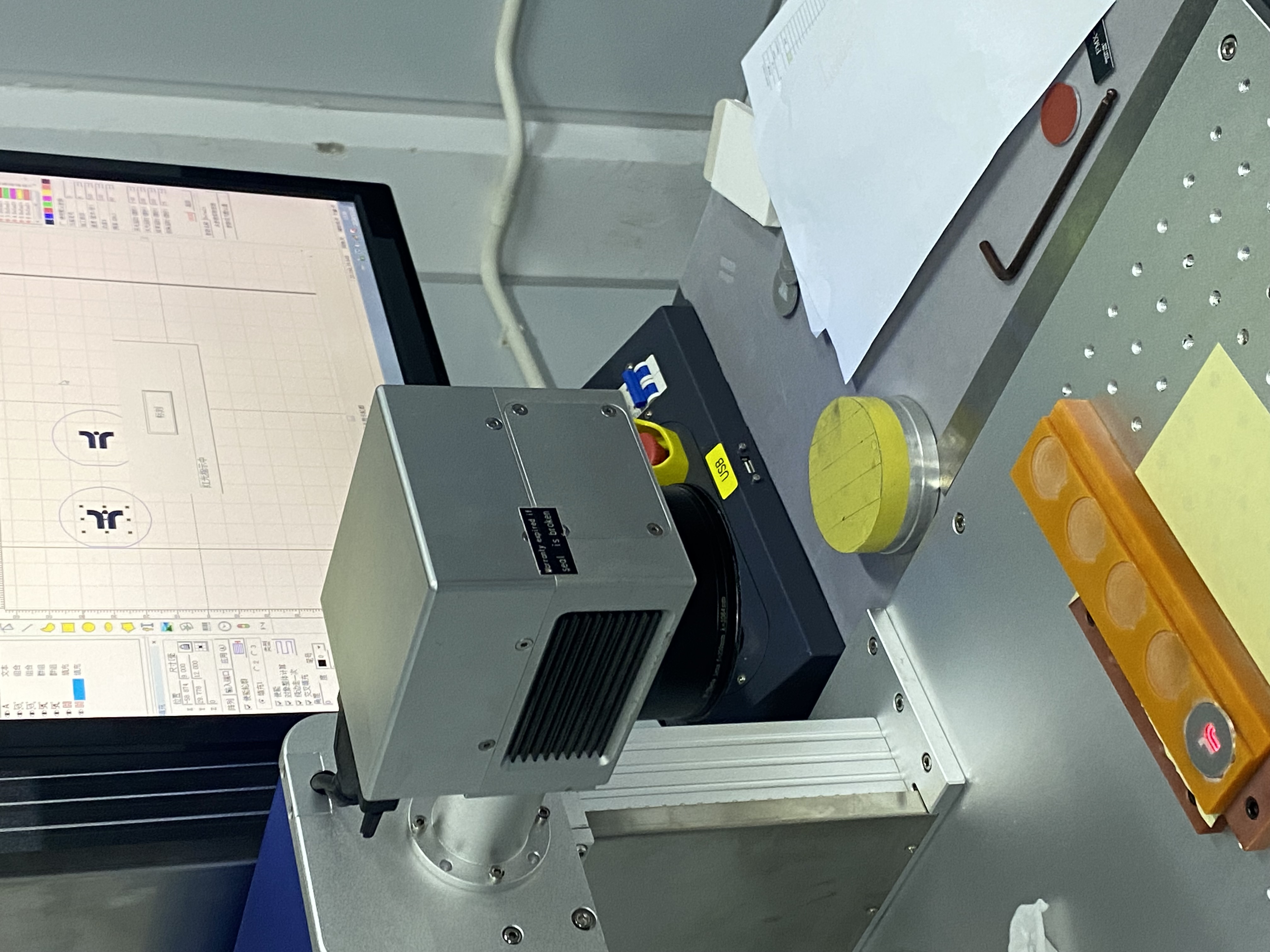Time to read: 6 min
In the realm of manufacturing, precision marking is paramount for product identification and traceability. Laser etching and engraving, often used interchangeably, are distinct processes with unique applications. This article delves into the nuances of each technique, providing insights into their mechanisms, advantages, disadvantages, and ideal use cases.
Clarifying the Confusion: Etching vs. Engraving
The manufacturing lexicon is rife with terms that are frequently confused, particularly when they pertain to high-precision processes like laser marking. Laser etching and engraving are two such terms that, despite their similarities, are not synonymous.
Understanding Laser Etching
Laser etching employs a laser beam to apply intense heat to the material's surface, causing it to melt and rise, forming a design as it cools. This process is prevalent in industries like automotive and aerospace, where metals such as aluminum, stainless steel, and zinc are commonly used.
Benefits of Laser Etching:
- High Precision: Ideal for intricate details on products like jewelry.
- Speed: Twice as fast as other laser marking techniques, perfect for mass production.
- Versatility: Compatible with a range of materials including metals, glass, polymers, and ceramics.
- Cost-Effectiveness: Low power consumption and operational costs.
Drawbacks of Laser Etching:
- Durability: Less resistant to wear and tear compared to engraving.
- Equipment Limitation: Requires specific laser marking machines, such as fiber lasers, which may limit accessibility for smaller operations.
Laser Engraving: The Deep-Cut Option
Laser engraving operates on a principle similar to chiseling, using a high-energy laser to cut deep into the material's surface, creating permanent and tactile markings. This method is favored for applications requiring durability, such as stainless steel products in harsh environments.
Advantages of Laser Engraving:
- Tactile Markings: Easy to discern both by touch and sight.
- Durability: Resistant to wear, suitable for products used in tough conditions.
- Efficiency: Quick process ideal for mass production.
Disadvantages of Laser Engraving:
- Energy Intensity: Requires more power, potentially increasing costs.
- Versatility Limitations: Less adaptable due to material compatibility restrictions.
Comparative Analysis: Etching vs. Engraving
When deciding between laser etching and engraving, consider factors such as cut depth, production volume, durability, and cost. While engraving offers deeper, more durable markings, etching provides a faster, more versatile, albeit less durable, solution.
Applications and Importance
Both techniques are integral to part traceability, a critical aspect of regulatory compliance across industries. By marking products with unique identifiers, manufacturers can ensure safety, reliability, and facilitate recalls and warranty processes.
Choosing the Right Technique for Your Application
The choice between laser etching and engraving hinges on the specific requirements of your project. For artistic applications valuing aesthetics over durability, etching is often the go-to method. Conversely, engraving is preferred for its long-lasting, tactile markings suitable for heavy-duty products.
Conclusion
Laser etching and engraving, while both valuable, serve different purposes within the manufacturing industry. Understanding the characteristics and implications of each will guide you in selecting the optimal technique for your precision marking needs.





